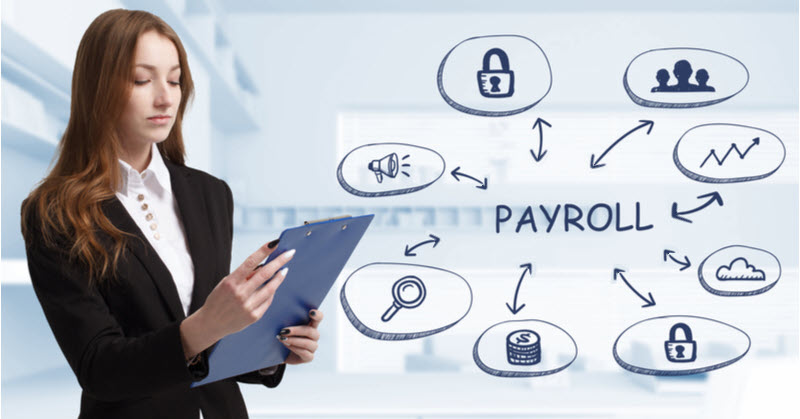So, you’ve gone ahead and told your clients there’s a better way to handle their payroll—aka payroll software. But if you really want to simplify things for your clients and yourself, you’ll also take advantage of payroll integration.
Turns out, payroll integrates with quite a few tools out there … like time and attendance software and online accounting. Read on for a review of software that can integrate with payroll.
Your quick guide to payroll integration
Payroll integration is when a payroll system automatically sends information to and receives information from other types of software or systems. The process of integrating two or more systems makes tracking and managing information easier and more consistent.
You and your clients can use payroll integration to:
- Streamline the payroll process
- Save time from manually entering duplicate information
- Avoid making data entry errors
- Keep information in one place
Payroll integration works if your payroll provider:
- Offers multiple products that integrate with one another (aka an all-in-one system)
- Integrates with another provider
So, how do you know if your payroll partner integrates with other types of software? Check with your payroll partner. Most providers have information about integration options on their websites.
Types of payroll integration
Depending on the payroll provider you use, you may have a number of key integration options available, such as:
- Human resources software
- Time and attendance software
- Accounting software
Keep in mind that your payroll partner might have more or fewer integration options. Read on for an overview of how payroll integration works with each type of system.
1. Time and attendance software
Time and attendance software is a system that employers and their employees can use to track information like hours worked and accrued time off. With time and attendance, your clients or their employees can enter hours worked, making it easier when the time comes to run payroll.
When you integrate the software with payroll, whoever is running payroll can simply approve timecards in the time and attendance software and send them over to payroll … and bam! The hours populate automatically in the payroll software.
So, whoever is running payroll (you or your clients) doesn’t have to worry about manually entering hours from the time and attendance software into the payroll software.
Time saved and data entry errors prevented (for the win!).
2. Human resources software
Next up is human resources software integration. HR software is a tool that lets you and your clients:
- Manage employee information
- Store employee files digitally (e.g., Form I-9, Form W-4, etc.)
- Share documents (e.g., employee handbook) with employees
- Pull HR and employee reports (e.g., demographics reports)
If you and your clients use HR software, you can say goodbye to disorganized paper files. Not only can you store documents in one, digital central location, but you can typically store documents by employee profile. And, your clients can keep track of employee changes, like benefit elections and raises.
3. Accounting software
Accounting software makes it easier for business owners to track their day-to-day transactions and keep up-to-date books.
With cloud accounting and payroll integration, payroll details are automatically sent to an accounting system after a payroll run.
Payroll details include:
- Gross pay
- Net pay
- Employee and employer taxes
- Deductions and contributions
By integrating payroll with accounting software, you and your clients don’t have to worry about manually (and possibly incorrectly) recording payroll details in the books. And, it updates your clients’ accounting books in real-time, eliminating the potential for delays.
Other types of integration options
In addition to integrations with HR, time and attendance, and accounting software systems, some payroll platforms integrate with insurance and retirement plan carriers, such as:
- Health insurance: Employer-sponsored health plans provide health insurance benefits to employees. Typically, both employers and employees contribute to the employee’s monthly health insurance premium.
- 401(k) plans: A 401(k) retirement plan is an employer-sponsored account that lets employees (and their employers!) set aside money for the employee’s retirement.
- Workers’ compensation insurance: Workers’ compensation is a state-mandated insurance that employers in most states are required to have. If an employee has a job-related illness or injury, the insurance pays out medical benefits and wage replacement to the employee.
Like software integrations, integrating your payroll with insurance and retirement plan carriers eliminates manual data entry, streamlining your responsibilities.
Typically, here’s how it works: When someone runs payroll, the software automatically sends payroll data and funds to the insurance or retirement plan provider.
.png?width=150&height=63&name=TWRlogo-regmark_blueblack%20(1).png)
.png)










Do you have questions about this article? Email us and let us know > info@woodard.com
Comments: